Cardenas, R. et al. 2024. Med Vet Entomol. 2024;1–14. DOI: 10.1111/mve.12776 Abstract [Shiortened]. Ground water tanks are known to be preferred Aedes aegypti oviposition places providing opportunities for adult and larvae control. A dual-effect insecticidal coating (IC) (alphacypermethrin/ pyriproxyfen) with a slow-release mechanism represents a promising option. Bioassays were designed to determine the mortality and sterilizing effects on gravid mosquitoes exposed to IC. The inhibition of emergence was evaluated in eggs, larvae and pupae exposed in different containers. For the water safety assessment con-centrations of active ingredients were determined by reverse phase high performance liquid chromatography (RP-HPLC) and the health risk was calculated. The IC applied to the interior walls of water-holding containers showed efficacy against Ae. aegypti in terms of high gravid-female mortality (81% at 24 h, p < 0.01), sterilizing effect (inhibition of oviposition by 63%, p < 0.01) and emergence inhibition (100% in eggs, L3 and L4; 97% in pupae). Emergence inhibition was recorded up to 12 months and adult mortality >80%up to 6 months. The use of water stored in treated containers, either for washing or drinking, is not expected to pose a health risk to users. IC applied to domestic water containers has dual and complementary action that reduces Ae. aegypti densities (immature and adult stages).
Note: This approach could be useful in problem underground storm water systems as well as electrical vaults in California.
